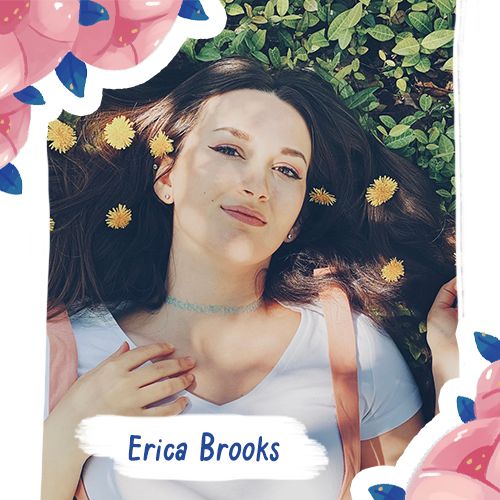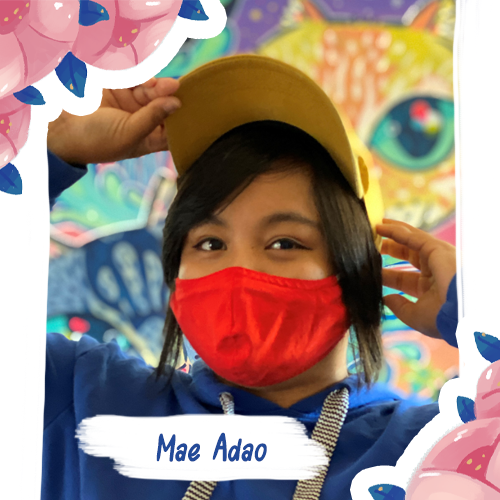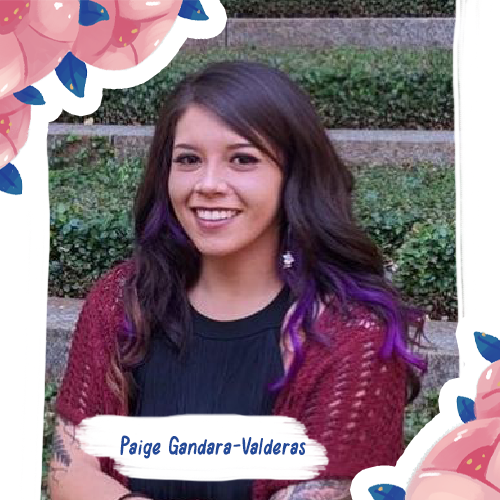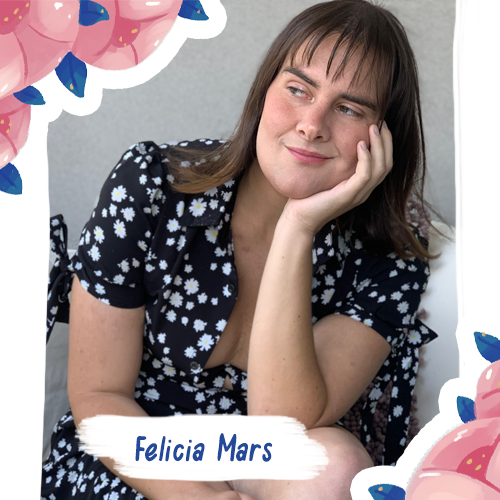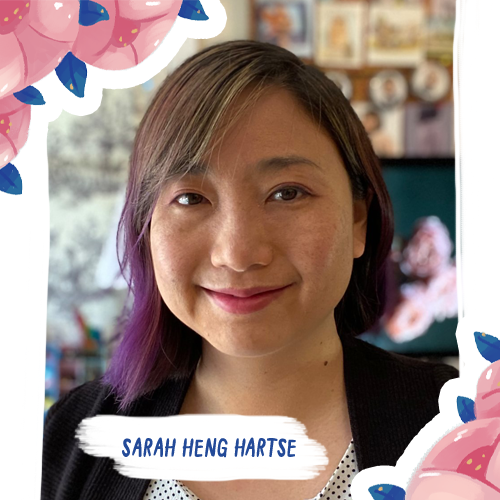



Maria Picassó Piquer from Barcelona. She currently focuses her work on studio pieces and her style is something you can see is influenced by her educational background, which is fascinating.
Q: Where did you get your start, and how long have you been a caricature artist?
A: In 4th grade, I drew all my class pals. We all loved it and I think it's when everything began. I started doing caricatures in local fairs when I was about 15 years old. In my country, there's not much tradition of live caricature but I used to do about 1 or 2 gigs per year for a long time. Since then, I did private commissions in a cartoon style for many years. In 2010, I started to work as an illustrator full time and started to develop my own personal style of studio caricature during my free time.
A: In 4th grade, I drew all my class pals. We all loved it and I think it's when everything began. I started doing caricatures in local fairs when I was about 15 years old. In my country, there's not much tradition of live caricature but I used to do about 1 or 2 gigs per year for a long time. Since then, I did private commissions in a cartoon style for many years. In 2010, I started to work as an illustrator full time and started to develop my own personal style of studio caricature during my free time.
Q: Where do you currently work, and what work are you doing?
A: I live in Barcelona and I do all my work from my home studio. I combine caricature with illustration, especially in editorial and commercial fields.
A: I live in Barcelona and I do all my work from my home studio. I combine caricature with illustration, especially in editorial and commercial fields.
Q: What is it about caricature that you’re passionate about?
A: I really like when a caricature captures the soul of the subject regardless of its technique, style or skill. It brings me a small dose of endorphins which is always welcome!
A: I really like when a caricature captures the soul of the subject regardless of its technique, style or skill. It brings me a small dose of endorphins which is always welcome!
Q: Where do you find inspiration from? What influences your caricature style?
A: I studied architecture and I apply some of the "problem solving" practices I learned there, especially regarding geometry. I get lots of inspiration from the graphic design of the XXth/20th century, but also from the many talented contemporary caricature artists I follow on Social Media.
A: I studied architecture and I apply some of the "problem solving" practices I learned there, especially regarding geometry. I get lots of inspiration from the graphic design of the XXth/20th century, but also from the many talented contemporary caricature artists I follow on Social Media.
Q: What advice would you give to someone starting out as a caricature artist?
A: Practice as much as you can, use your sketchbook for "ugly" sketches. Also, I really learned a lot from social media challenges, seeing so many artists working on the same subject helped me find my own voice.
A: Practice as much as you can, use your sketchbook for "ugly" sketches. Also, I really learned a lot from social media challenges, seeing so many artists working on the same subject helped me find my own voice.
Q: How do you overcome creative blocks?
A: I'm very lucky to not experience creative blocks, mainly because with tight deadlines I can't allow having them. I experience, however, "likeness blocks" and I've discovered recently that taking a break to do some other activity (or even another caricature) really works when I'm stuck on one particular face.
A: I'm very lucky to not experience creative blocks, mainly because with tight deadlines I can't allow having them. I experience, however, "likeness blocks" and I've discovered recently that taking a break to do some other activity (or even another caricature) really works when I'm stuck on one particular face.
Q: What’s the most valuable piece of art or object that you have, and what does it mean to you?
A: I try not to put much value in material possessions (just in case they break, lol!). Anyway, I really value a figurine (a cherry tree made with tiny pearl-like beads) made by a woman I really admire and who's now in her late nineties. It makes me think of all the women with creative drives that couldn't make a living from that but found the time to make the world a prettier place with beautiful craft pieces such as this one.
A: I try not to put much value in material possessions (just in case they break, lol!). Anyway, I really value a figurine (a cherry tree made with tiny pearl-like beads) made by a woman I really admire and who's now in her late nineties. It makes me think of all the women with creative drives that couldn't make a living from that but found the time to make the world a prettier place with beautiful craft pieces such as this one.
Q: What is your favorite type of work to do (retail, commission/studio/events, etc.)? Why is that your favorite?
A: Nowadays I only do studio work together with editorial illustration. I really enjoy spending to spend a long time with the subject, studying them and finding the best way to picture them.
A: Nowadays I only do studio work together with editorial illustration. I really enjoy spending to spend a long time with the subject, studying them and finding the best way to picture them.
Q: What are your favorite tools to use in your work?
A: I must say the computer, as Adobe Illustrator is my main tool. I also use whatever I have at hand for sketches, I really like broad markers in bold or neon colors.
A: I must say the computer, as Adobe Illustrator is my main tool. I also use whatever I have at hand for sketches, I really like broad markers in bold or neon colors.
Q: What hobbies or passions do you have outside of caricature?
A: Lately, I've been attending urban sketching lessons. It's so different from my day-to-day job that I feel like it activates a different part of my brain. I also enjoy working with watercolors and ink for a change. I guess I can't have a hobby not related to drawing.
A: Lately, I've been attending urban sketching lessons. It's so different from my day-to-day job that I feel like it activates a different part of my brain. I also enjoy working with watercolors and ink for a change. I guess I can't have a hobby not related to drawing.
Q: Who are your favorite women artists in caricature or in related industries?
A: Mary Blair, Kirsten Ulve and Miki Kobayashi are huge influences.
A: Mary Blair, Kirsten Ulve and Miki Kobayashi are huge influences.
Q: Thanks again for participating in WiC's Artist Spotlight! Where can we follow your work?
A: I have my portfolio on www.mariapicasso.com
A: I have my portfolio on www.mariapicasso.com
On social media:
@maria_picasso_piquer on Instagram
@mariapicasso on Twitter
I'm also trying to understand TikTok, but it's a work in progress!

